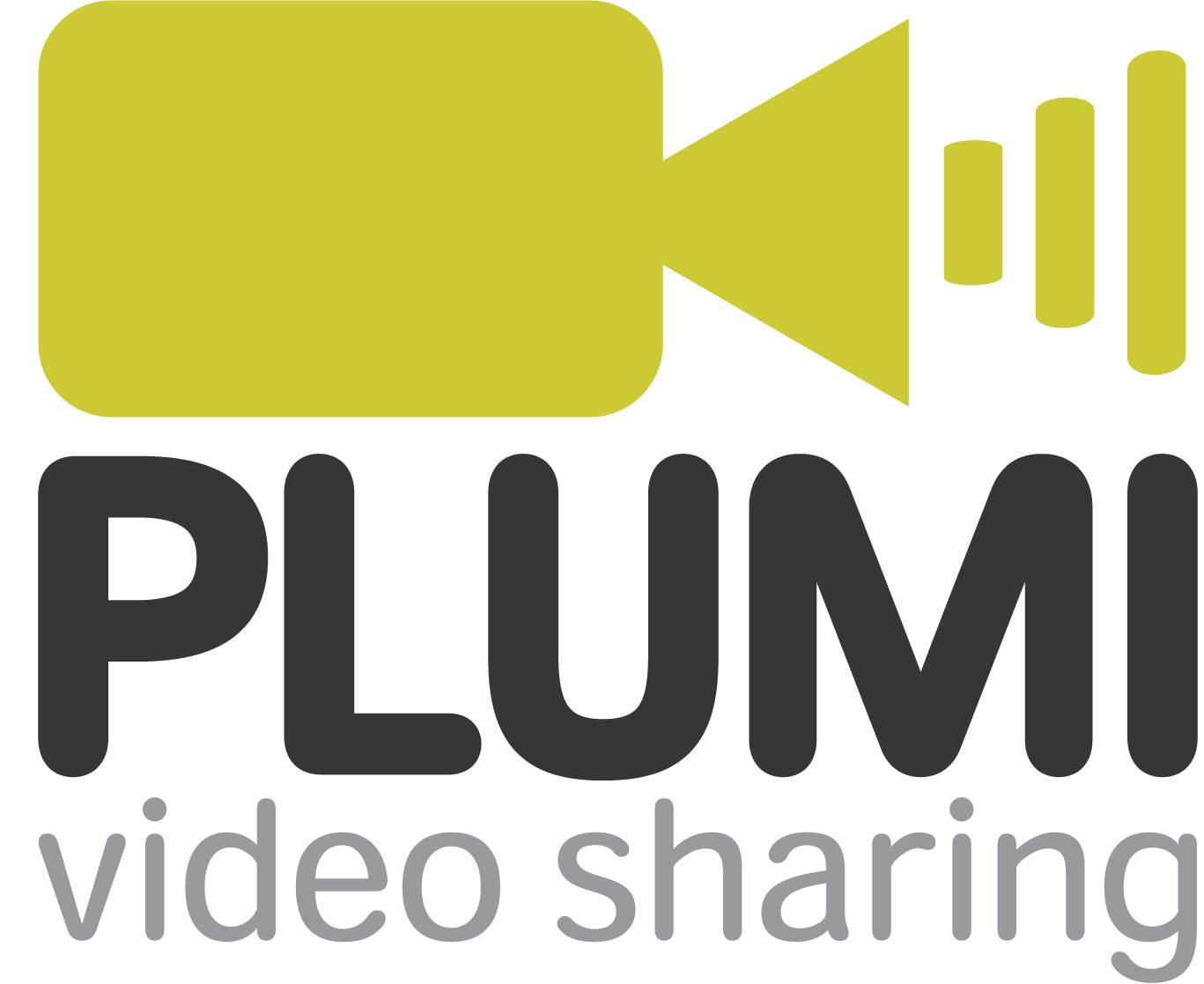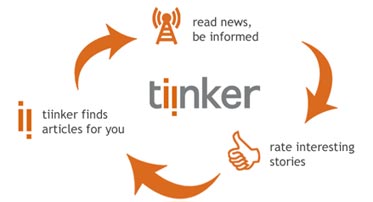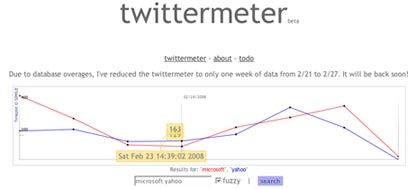It’s almost a daily occurrence to hear about the perilous state of the news industry (remember AngryJournalist.com anyone?) so Praise Be and Hallelujah for Joe Murphy and his HappyJournalist blog.
Each week we give developers the opportunity to tell us why we should sit up and pay attention to the sites and devices they are working on – this week Joe tells us about the site he developed to celebrate what’s good about working as a journalist.
1) Who are you and what’s it all about?
I’m Joe Murphy. I’m a reporter-turned-web designer-turned-web developer. My day job is as the senior developer for The Denver Post’s website. I build and maintain web apps, fix stuff, and do other tech-type-stuff.
In my hobby-time I build and maintain a handful of sites, apps and blogs … HappyJournalist is one of them.
2) Why would this be useful to a journalist?
Well, it’s not a particularly useful site. Fun, yes. Useful, no.
HappyJournalist is a lens on journalists who have something to say, like what they do, and feel comfortable typing and clicking the submit button on the blog.
Until we get to the point where the internet has tools to quantify and publish emotion-related information, HappyJournalist will be a semi-static repository of what was said by the folk who have something to say.
That ‘until’ is a big, big ‘until’.
3) Is this it, or is there more to come?
I’ve been exploring that ‘What’s Next’ idea and have listed some other ideas (MildlyEnthusiasticJournalist.com and DrunkJournalist.com are my favourites, and a few people have contributed their own).
To make this interesting and forward thinking I’m considering pitching a new micro-format that describes emotions.
There’s no good way to aggregate or publish emotion-based information online yet. Seems like that’s a big gap in the web, don’t you think?
The internet’s gears turn because the robots and computers turn the gears, but it’s the humans that make the internet come alive and sparkle.
4) Why are you doing this?
Fun, conversation, curiosity. AngryJournalist started the dialogue, and it would be a shame to let this “I am a journalist and I have feelings” thread die after the first salvo.
5) What does it cost to use it?
It’s free, it will always be free.
6) How will you make it pay?
I won’t — it cost me 90 minutes and eight bucks to create this, so I don’t have a huge stake in getting that time or money back.









